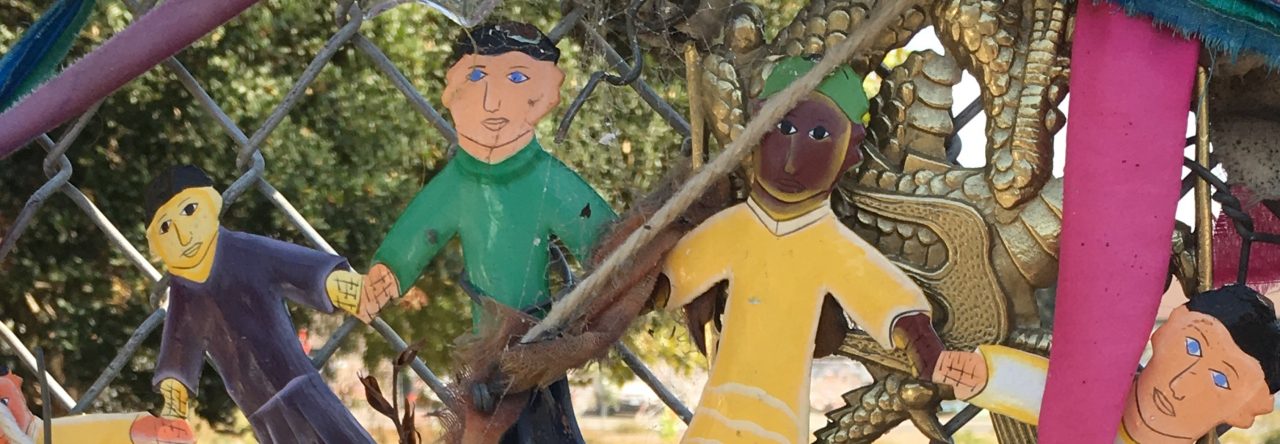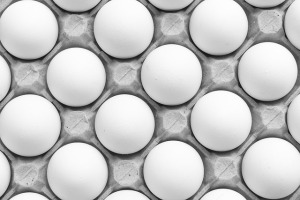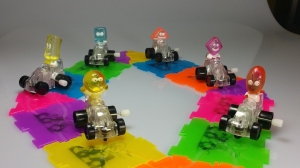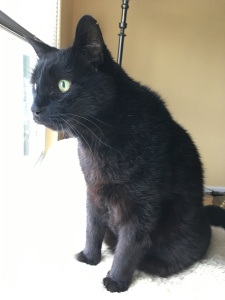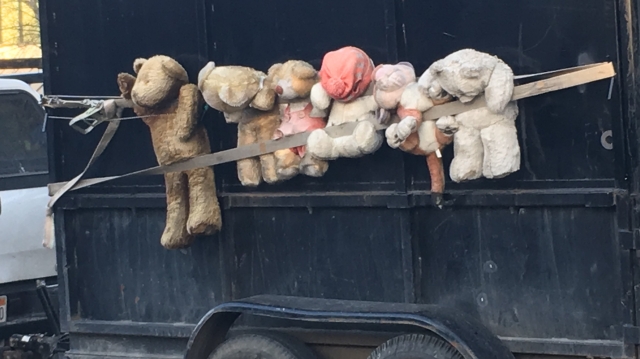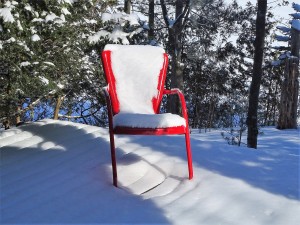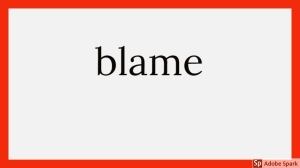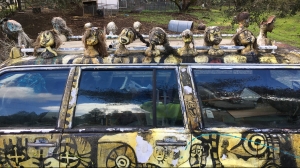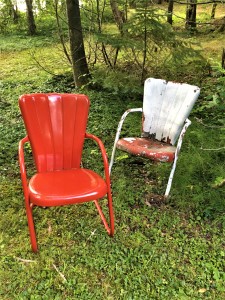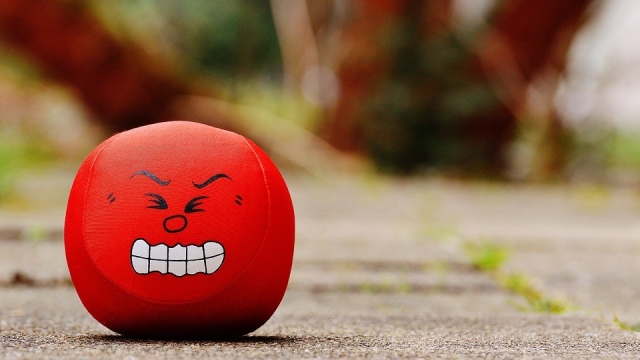Ever experience road rage? That righteous anger that feels good because you know that other driver is an absolute, eff’ing moron behind the wheel? That rage?
Ever hear the quote, “holding grudges is like taking poison and hoping it kills the other person”?
Put “anger” in place of “grudges” and…same poison.
I recognized the truth of that quote one day at a familiar intersection, when a car pulled out in front of me.
“Stupid idiot,” I snapped, tapping my brakes. The stress hormones fired up. My face got red. I swore, flipped him the bird, and waved my arm. He was incompetent, deserving of my anger. Watching the driver speed up ahead of me, I dimly suspected they were oblivious to their stupidity and my anger. I envisioned them happily listening to music, enjoying their drive to work, while I would arrive at work surly.
This wasn’t my first angry outburst. I drove through this intersection five-times-a-week, regularly dealing with drivers trying to merge into 55-mile-per-hour traffic from their red-lighted stop. I predictably got mad, even in situations where there was no real threat or danger, just some judgmental belief I was “right” and they were “wrong.”
Only this day, I had a vague awareness my boiling blood was only hurting me. I wanted to turn the heat of my anger off. Or at least down. It wasn’t about wanting to be nice. It was about not wanting to experience the poison of my own anger.
I told myself, Just don’t get angry.
That’s a lot easier to say than do. I had gotten angry at that intersection for so long it had become a habit. Plus, there was a part of me that felt upright in my anger, certain the offending drivers were intentionally pushing their selfish wants in front of my simple needs.
The story I was reacting to—that they were jerks and my anger was deserved—was, in my mind, true and accurate and the only possible story.
But…what if.
What if they were on their way to the hospital, where a few extra seconds meant life or death?
What if it was my daughter turning, would I want to be swearing at her, or imagine someone else swearing at her?
I winced. My anger—imagining these alternative storylines—felt mean and unkind.
“But,” my righteous voice said, “they aren’t on their way to the hospital and it’s not your daughter.”
“How do you know,” another voice countered. “Besides, the story you’re telling yourself upsets you. You may believe it’s true, but you don’t know. Given you’re making up stories up anyway, why not make up a story that doesn’t piss you off?”
What the hell, I thought. What did I have to lose by giving it a try?
The next time I approached the intersection, I updated my stories about the drivers. The voice that wanted to feel anger would interject: “they’re not going to the hospital.” My body, well-versed in the habit of anger, would tense. I’d note the response, then work to let it go. When the thoughts and feelings came back—oh, and they did—I’d strive to counter them by again considering different stories about the drivers. Stories intended to produce less-angry energy.
In some ways, it felt like a silly trick. But I kept at it, because the emotional pain of my anger hurt. It upset my sense of serenity. It had certainly never prevented a car from turning in front of me. Over time—months—my anger was replaced with growing calm, patience, and compassion. My repeated practice of reacting differently eventually led to change. Not only at that intersection, but when life inevitably served up other opportunities to consume anger’s poison.
I haven’t eliminated anger. And don’t want to. But I have reduced its frequency, intensity and duration.
Photo source: Alexas_Fotos on Pixabay
